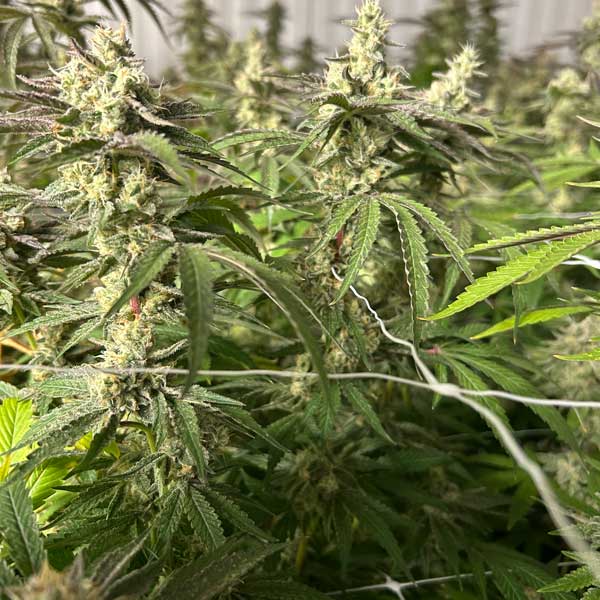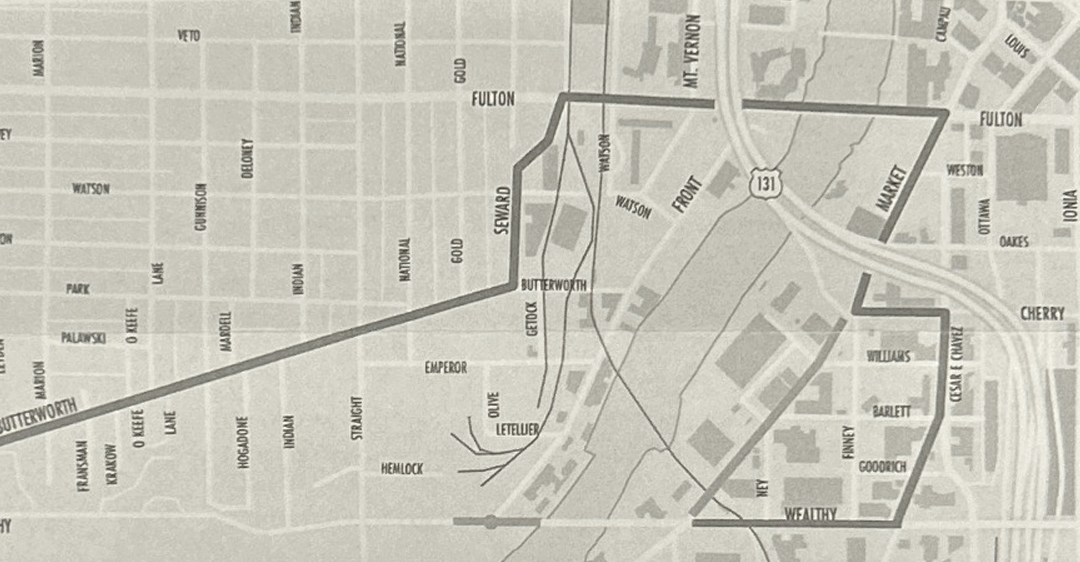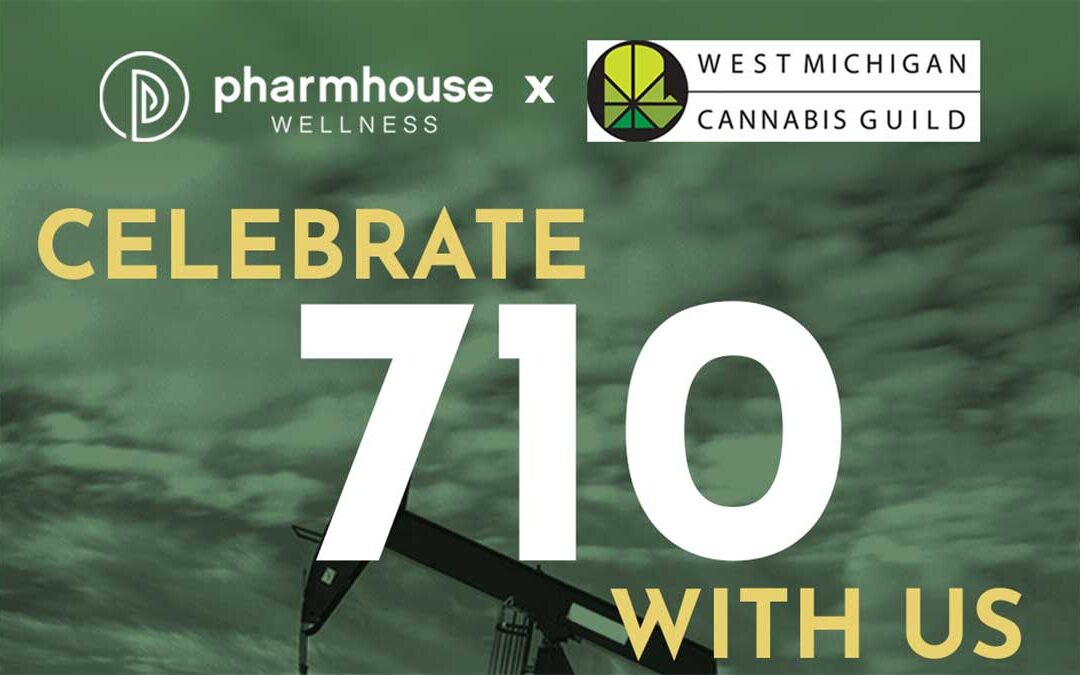The distinction between medical and recreational cannabis is an important one when you’re looking to make a purchase. But the bigger question is why is there even a difference in the first place now that both are legal? And what is the difference, really?
To put it simply, the reason behind the difference in medical and recreational cannabis is due primarily to different times in legalization, with slightly different rules applying to provisioning centers and consumers of medical and/or recreational cannabis.
One of the most impactful of these rules is how much tax is charged for each product. In the State of Michigan, both carry a 6 percent sales tax. However, recreational cannabis products have an additional 10 percent excise tax on top of this. Because of this, medical cannabis is less costly to buy than recreational when it comes to taxes.

In addition to being less expensive, medical cannabis is often easier to find (at least right now). Medical provisioning centers have been legal in Michigan since 2008, meaning that many have had the opportunity to establish themselves and begin selling. Recreational cannabis is still fairly new and the municipal approval and licensing to open one is a lengthy process, and at this time there are only a few provisioning centers that can serve both markets. Additionally, some communities in the state have opted out of allowing recreational sales. This means that depending on the area you live in, you may be in for quite a drive before you can find a recreational provisioning center. It should be noted that some medical provisioning centers do or soon will offer recreational sales as well, however, this depends highly on the community and the provisioning center itself.
The State of Michigan allows people over the age of 18 to purchase cannabis so long as they have their proper medical approval and a medical card. Without this, anyone wishing to purchase cannabis must be over the age of 21. This means that in some cases, medical cannabis can be less accessible to a person depending on their situation.

Okay, so there are different rules. But is the product any different? This, again, depends on the state. Some states have different limits for the amount of THC a product can contain and these limits can be different depending on medical vs. recreational status. In Michigan, edible products can contain up to 50mg of THC per serving for medical products, but only 10mg per serving for recreational products. This is because in general, medical patients need high doses of THC to manage their ailments, while achieving an enjoyable recreational experience takes far less.
These differences may seem slight, but they’re important to keep in mind when you’re deciding to purchase cannabis. For those who are already registered as a medical marijuana patient, it may be worth it to keep your card. For those who don’t have a card, it may be worth looking into if you are a frequent consumer.
At the end of the day, though, a provisioning center like Pharmhouse Wellness will be able to provide you with a quality medical or recreational cannabis product.
If you’re still unsure about something, don’t be afraid to ask us. We’re here to help you out, and will do our best to point you in the right direction.
– – – –
Pharmhouse Wellness appreciates guest blogs like this one. If you’re interested in contributing let us know.
Special thanks to guest blogger, Zach Palic, GVSU Class of 2020





